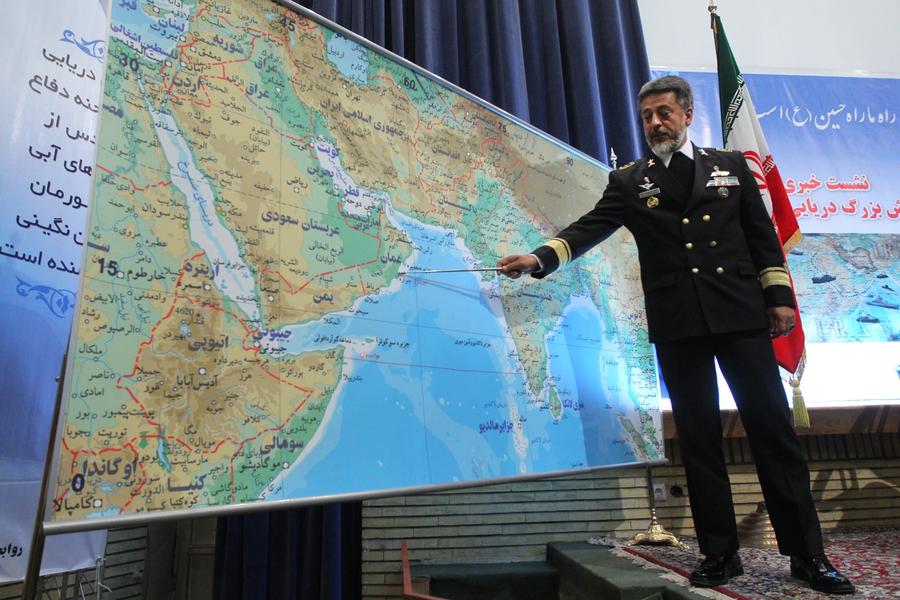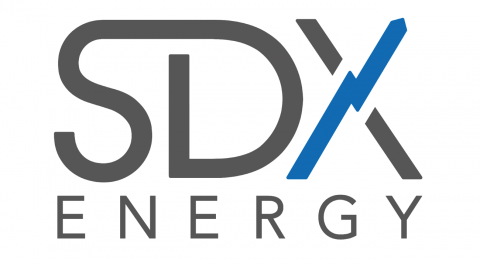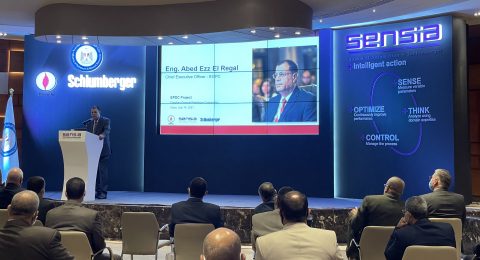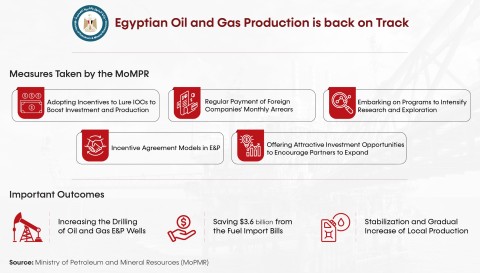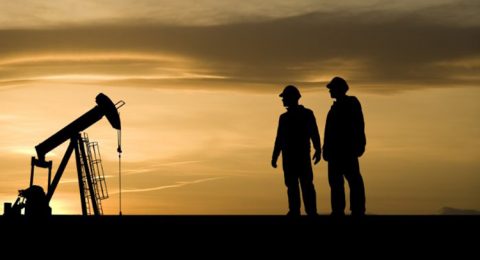Mohsen Qamsari, head of the NIOC’s international affairs, said that the Islamic Republic is set to inject more oil into the world market in an attempt to raise market share.
“When sanctions are lifted, it is our natural and legal right to increase our oil sales,” he said.
Qamsari also said that western sanctions have not targeted Iran’s oil sales but rather purchases of the country’s oil, adding that Iran would be able to weave its way back to the top in global markets by increasing the sales of its crude oil.
Earlier, Managing Director of the NIOC Rokneddin Javadi said, “The country has already taken steps to purchase a floating production, storage and offloading (FPSO) unit and is awaiting its arrival in the Persian Gulf to start drilling for oil in the South Pars field.”
Javadi underlined that the vessel will be stationed within next 14 months to lay the groundwork for oil production six months later.
“The South Pars oil project could pump an additional 35,000 barrels of crude a day for the country,” he pointed out.
The South Pars gas field, divided into 28 phases, is located in the Persian Gulf on the common border between Iran and Qatar. The field is estimated to contain 14 tcm of gas and 18 billion barrels of condensates.
The field covers an area of 9,700 square kilometers, 3,700 square kilometers of which lie in Iran’s territorial waters in the Persian Gulf. The remaining 6,000 square kilometers, i.e. North Dome, are located in Qatar’s territorial waters.
Managing Director of Pars Special Economic Energy Zone (PSEEZ) Mehdi Youssefi announced in December that the South Pars has exported its products to nearly 30 world countries.
“The products of this region (South Pars) have been exported to 29 different countries in the first nine months of the current Iranian year (March 21-December 22),” Youssefi said.
He noted that the export products of South Pars region include light and heavy polyethylene, diethylene glycol, triethylene glycol, monoethylene glycol, urea fertilizer, butane, propane, gas condensates, cement and methanol.
Source: Fars
